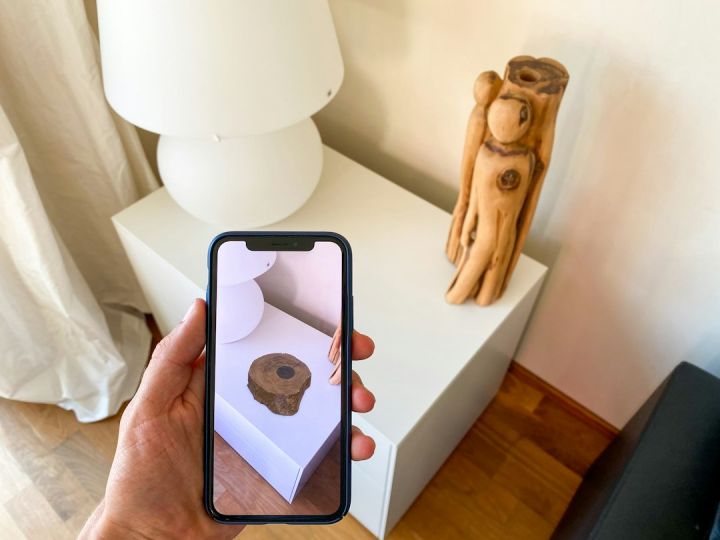Can Augmented Reality Reshape E-commerce Experiences?
With the rapid advancements in technology, the way we shop has drastically changed. E-commerce has become a dominant force in the retail industry, offering convenience and accessibility to consumers worldwide. However, there is still one key element missing from the online shopping experience – the ability to try before you buy. This is where augmented reality (AR) comes into play. By blending the virtual and physical worlds, AR has the potential to revolutionize e-commerce and provide customers with a more immersive and engaging shopping experience. In this article, we will explore how augmented reality can reshape e-commerce experiences.
Enhancing Product Visualization
One of the biggest challenges of online shopping is the inability to see and feel products in person. This often leads to uncertainty and hesitation when making a purchase. Augmented reality can bridge this gap by allowing customers to virtually try on clothes, visualize furniture in their homes, or see how makeup products look on their faces. By overlaying digital content on the real world, AR enables customers to get a realistic sense of how products will look and fit in their lives. This not only enhances the overall shopping experience but also reduces the likelihood of returns, resulting in increased customer satisfaction and decreased costs for retailers.
Interactive Product Demonstrations
Another way augmented reality can reshape e-commerce experiences is by offering interactive product demonstrations. Instead of relying on static images and videos, customers can use AR to interact with products in real-time. For example, a furniture retailer can allow customers to place virtual furniture in their rooms and see how it complements their existing décor. Similarly, a beauty brand can create virtual makeup tutorials where customers can try different looks and receive personalized recommendations. These interactive experiences not only engage customers but also provide valuable information that can help them make informed purchasing decisions.
Virtual Try-Ons and Fittings
One of the most exciting applications of augmented reality in e-commerce is virtual try-ons and fittings. Whether it’s clothes, accessories, or even eyeglasses, AR can enable customers to see how these items look on them without having to physically try them on. By using facial recognition and 3D modeling, AR can accurately map the customer’s features and overlay virtual products in real-time. This not only saves time and effort but also eliminates the need for physical inventory, allowing retailers to offer a wider range of products and styles. Virtual try-ons and fittings empower customers to make confident choices, ultimately driving sales and reducing return rates.
Creating Immersive Shopping Experiences
In addition to enhancing product visualization and offering interactive demonstrations, augmented reality can create immersive shopping experiences that go beyond traditional e-commerce. For example, a home improvement retailer can use AR to create virtual showrooms where customers can browse and customize products in a virtual environment. A fashion brand can host virtual fashion shows, allowing customers to experience the latest trends from the comfort of their homes. These immersive experiences not only generate excitement and buzz but also foster a sense of connection and personalization, which can lead to increased customer loyalty and brand advocacy.
In conclusion, augmented reality has the potential to reshape e-commerce experiences by enhancing product visualization, offering interactive demonstrations, enabling virtual try-ons, and creating immersive shopping experiences. As technology continues to evolve, we can expect to see more retailers embracing AR to provide customers with a truly engaging and personalized shopping journey. With the power of AR, the gap between the physical and digital worlds is closing, revolutionizing the way we shop and transforming the future of e-commerce.






